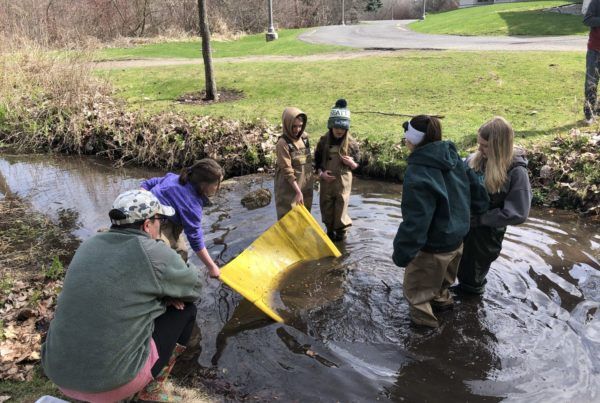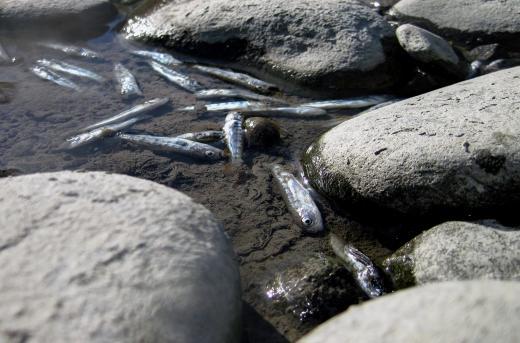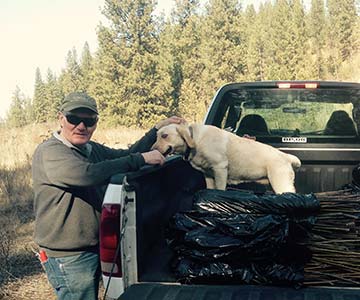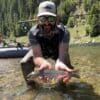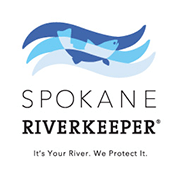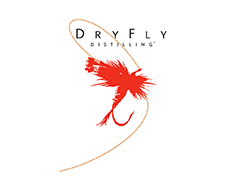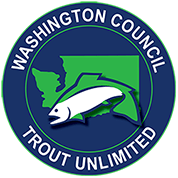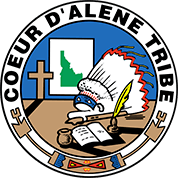By Rich Landers, Spokesman Review
“I love fly fishing,”
Bill Abrahamse said.
From that lifelong pleasure of trying to outwit fish, the Spokane angler also became hooked on conservation.
“I was looking for a way to give back, looking at different organizations to connect with and the Trout Unlimited mission statement really struck home with me. It’s about the future.”
Abrahamse, 60, is the president of the Trout Unlimited Spokane Falls Chapter, which was first organized in the 1970s by steelhead fishermen protesting the U.S. Army Corps of Engineers plans for building Lower Granite Dam on the Snake River.
The group was revived in the 90s and languished again before galvanizing over proposals to build a Spokane River whitewater park that likely would have impacted vital redband trout spawning areas near the Maple Street Bridge.
Studies were documenting that native redband in the Spokane River drainage are unique. That knowledge lured the interest of a core of anglers, said Harvey Morrison, past president of the chapter.
“As fishermen, something special like this in our home waters catches our attention,”
Morrison said.
Abrahamse joined the chapter 14 years ago and has been a soft-spoken volunteer overachiever ever since.
Among other things, he helped secure a grant from Trout Unlimited to team with the Spokane County Conservation District and Spokane Fly Fishers for promoting the science-based program Trout in the Classroom.
Through those efforts, 13 schools in the area are rearing trout to understand lessons such as the dynamics of water quality on aquatic life. The program culminates with a “trout-out” program with all the students assembling at a lake. Groups of kids move through a variety of stations to learn about cool stuff like spring runoff and aquatic insects.
The day and the program culminates with each student releasing some trout raised in their classroooms.
“It was a graduate student’s research on redband trout in the Hangman Creek drainage that opened my eyes to something really cool right here,”
Abrahamse said.
“We’ve had a lot of meetings and given a lot of presentations to bring this to the attention of the community.”
The TU chapter also secured a grant to post signs along the river highlighting the catch-and-release trout rules and urging the public to keep an eye out for poaching.
“I have grandkids and my hope is that through conservation and restoration work we can have better fishing for all of these kids when they grow up,”
he said.
Abrahamse said his grandfather hooked him on fishing at the age of 6.
“It was the best and most lasting gift I’ve ever received,”
he said.
“The next step in the progression of loving something is to preserve it and pass on that passion to others. Making fishing even better than it is now is what we’re all about.”

